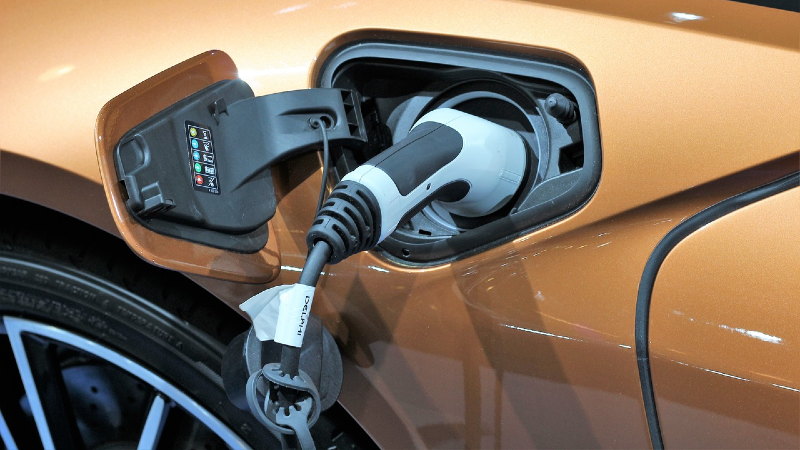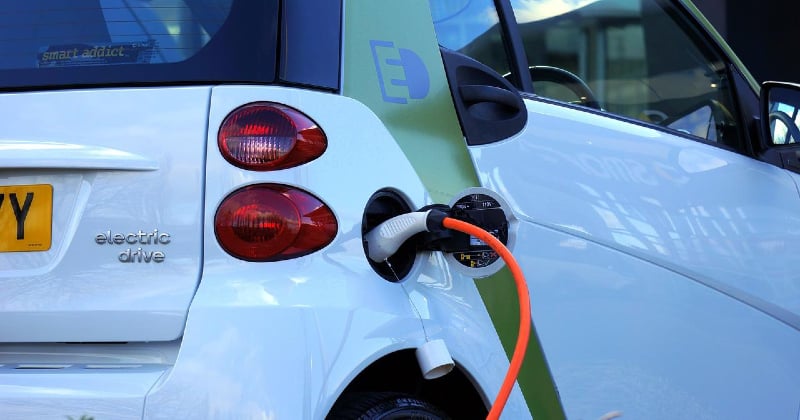As electric vehicles (EVs) rapidly rise in popularity, many people are understandably wondering what will happen to all of their spent batteries. After perhaps twenty or so years of driving, vehicle batteries will not be able to accept charge as quickly and might only have 70 percent of their initial capacity. So what then?
A commonly touted potential solution is to repurpose and plug them in to the power grid as energy storage. After all, there will be plenty of batteries to go around if sales projections line up with reality. Between 1,300 and 2,340 GWhs of EV battery capacity will go into operation each year after 2030, while annual new grid storage demand will likely be around 180GWhs, according to the International Energy Agency.
But a perspective published in “Cell Reports Physical Science” by battery and electronics experts primarily based out of Aachen University in Germany throws some cold water on that idea. In short, they don’t think that retired batteries from electric cars will be well-suited for grid storage. Batteries for grid storage are gradually charged and discharged constantly, completing perhaps 250 of these cycles per year. Electric car batteries, on the other hand, aren’t intended to go through that many cycles. Instead, by utilizing slightly different chemistries, they’re optimized for fast charging, energy density, and power output. Selecting and rebuilding old EV batteries for grid storage will almost certainly be more expensive than simply constructing new cells, the researchers say.
Instead, they think that today’s EVs could have surprisingly long lives as used cars. With fewer expensive components that can break down and send them to the junkyard, EVs with dwindling battery capacity might be able to live on for quite a while, shuffling down to users with lower and lower range demands. New, an EV with a 300-mile range can work great for almost any use, but twenty or more years later, that same vehicle with 150 miles of range could still be a usable “around town” car. Eventually, when the battery’s capacity gets low enough or it no longer accepts charge at all, the components can be broken down and recycled.
“The battery would be able to reach its end of life inside the vehicle it was originally delivered in, traveling through the hands of users with decreasing range requirements and budgets…” the researchers write. “A secondary use in a stationary application is therefore obsolete while at the same time offering a superior option both from an economical and an ecological perspective by enabling the battery to reach its end of life during operation and preventing obsolete vehicles without batteries that need to be scrapped.”
If grid operators ever seek to utilize spent batteries as grid storage, the researchers think they should look to repurpose batteries from electric buses and commercial trucks, which have more stringent requirements for their useful lives and similar needs for copious charging cycles, safety, and longevity. Companies could partner to make this happen, to their mutual benefit.
This article was originally published by RealClearScience and made available via RealClearWire.








